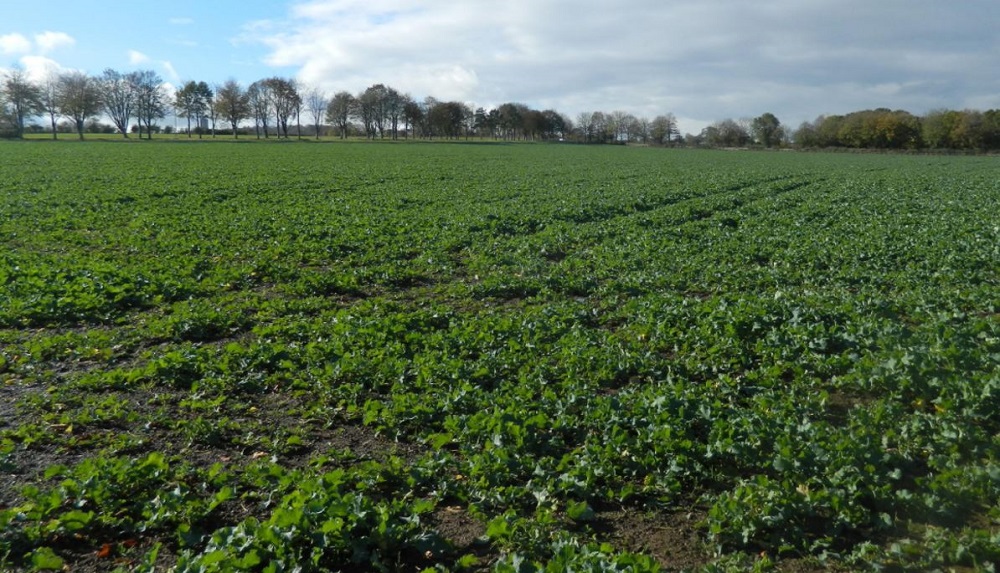- Home
- Knowledge library
- Early growth stages of oilseed rape (GS0–GS2)
Early growth stages of oilseed rape (GS0–GS2)
For oilseed rape, the most critical growth stages span germination and emergence – when the crop is particularly vulnerable to a poor growing environment. Of recent concern is cabbage stem flea beetle, as the crop is highly susceptible to this pest, right up to the formation of side shoots.
Oilseed rape growth guide home
How to manage cabbage stem flea beetle
Germination and emergence of oilseed rape (GS0)
The phase starts with ‘dry’ seed (GS00). Each seed contains two initial leaves, called cotyledons (oilseed rape is a dicotyledonous plant). The seed is small and its seedlings relatively weak. This makes the crop particularly susceptible to poor seedbed conditions (e.g. compacted soil), unfavourable weather (e.g. extended wet/dry periods), pests (e.g. slugs and cabbage stem flea beetles) and soilborne diseases (e.g. rhizoctonia and clubroot).
Normally, sowing occurs from about mid-August to mid-to-late September. The aim is to establish a target plant population of 25 to 40 plants/m2, with seed rate adjusted to account for expected losses. Care to avoid excessive plant populations must be taken, as these are associated with reductions in yield.
Cotyledons start to emerge through the soil surface (GS09) from about five days after sowing.
Spring oilseed rape is sown from February to April with higher plant populations required (at least 40 to 50 plants/m2).
Leaf (GS1) and side-shoot production (GS2) in oilseed rape
Once the cotyledons have unfolded (GS10), the leaf-development phase commences. GS11 occurs once the first true leaf unfolds. GS12 is once the second true leaf unfolds, and so on. The leaf-development phase is the longest and extends right through autumn and winter. Young leaves are often slightly hairy, whereas adult leaves are green and waxy. The upper leaves are also stalkless and clasp around the stem.
The crop grows indeterminately. This means that growth does not terminate with the formation of a reproductive structure. The crop produces multiple side shoots. The first detectable side shoot is GS21 and the second is GS22.
The growth habit of oilseed rape makes it relatively adaptable. In particular, the crop can compensate, to some degree, for low plant populations. It does this by producing more side shoots (branches) and, therefore, more flowers. The crop can also tolerate carefully timed mowing or grazing (e.g. as part of efforts to control cabbage stem flea beetle larvae) over the winter, as long as this occurs before stem extension.
Related resources
Topics:
Sectors:
Tags:


.PNG)

 Neal Evans.jpg?v=637780299980000000)
.JPG?v=637780261070000000)



